 |
| Click on figures for larger images |
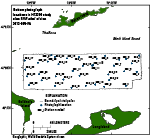 |
| Figure 24. Map showing locations of bottom photographs collected during cruise 2013-005-FA on the research vessel (RV) Rafael. |
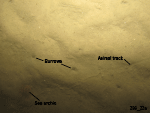 |
| Figure 25. Photograph from station 299_22 showing a sandy sea floor in the study area. |
 |
| Figure 26. Photograph from station 299_9 showing a boulder in the study area that is covered with hydrozoans, sponges and (or) tunicates, coral, and algae. |
Bottom Photography
Between 2 and 8 bottom photographs and several minutes of video were taken at each station in the study area (fig. 24). The photographic data show that sandy areas of the sea floor are generally rippled, with shells commonly collecting in the ripple troughs, and that burrows, crabs, and fish are often present (fig. 25). Boulders tend to have hydrozoans and sponges and (or) tunicates attached to them, and fish are generally in the surrounding water (fig. 26).
Low-resolution images (150 x 113 pixels) of the photographs can be viewed as thumbnails in the photograph gallery below. These thumbnails are linked to medium-resolution images (600 x 450 pixels) for more detailed viewing. A compressed file with all the medium-resolution images can be accessed by clicking here. The compressed file also contains metadata about the photographs and their acquisition. Alternatively, a compressed file containing the full-resolution images (3648 x 2736 pixels) and metadata can be accessed by clicking here. The images can be identified by using the .jpg image names in the gallery below.
Photograph Gallery
Station / Lithologic Description
299_1 / Rippled sand with scattered shells, hydrozoans, and animal tracks. |
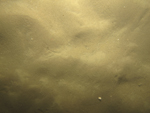
299_1a |
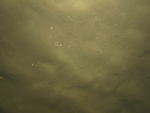
299_1b |
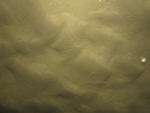
299_1c |
|
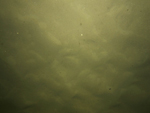
299_1d |
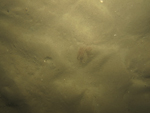
299_1e |
|
|
299_2 / Boulders, gravel, and rippled sand with scattered shells and shell hash concentrated in ripple troughs. Boulders are covered with anemones, hydrozoans, and sponges and (or) tunicates. Burrows, worm tubes, starfish, and skate egg cases are present. |
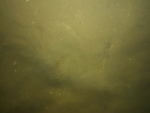
299_2a |
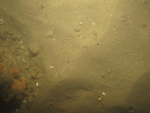
299_2b |
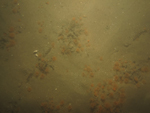
299_2c |
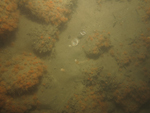
299_2d |
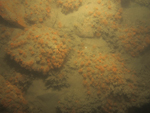
299_2e |
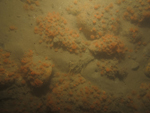
299_2f
|
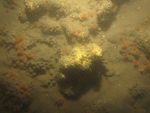
299_2g |
|
299_3 / Rippled sand with scattered shells. Fine sediments can be seen being transported by bottom currents. |
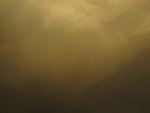
299_3a |
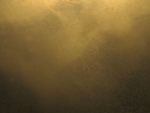
299_3b |
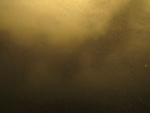
299_3c |
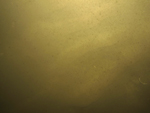
299_3d
|
299_4 / Rippled sand with scattered shells, animal tracks, and burrows. Hermit crabs, oyster shells, and skate egg cases are present. |
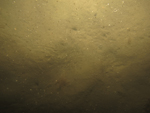
299_4a |
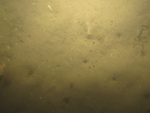
299_4b |
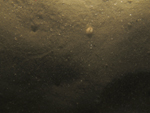
299_4c
|
|
299_5 / Rippled sand with scattered shells, hermit crabs, and animal tracks. |
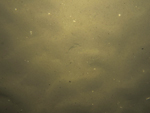
299_5a |
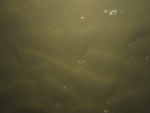
299_5b |
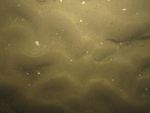
299_5c |
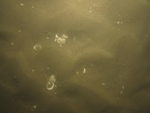
299_5d
|
299_6 / Boulders with rippled sand and shell hash concentrated in the ripple troughs. Boulders are covered with anemones, sponges and (or) tunicates, and hydrozoans. Fin fish and skates are present. |
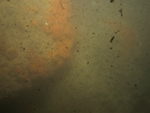
299_6a |
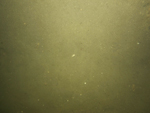
299_6b |
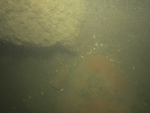
299_6c |
|
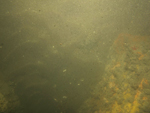
299_6d |
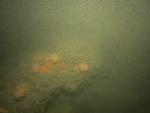
299_6e
|
|
|
299_7 / Boulders and rippled sand with scattered shells, burrows, and animal tracks. Boulders are covered with hydrozoans, hydroids, algae, and sponges and (or) tunicates. Skates and starfish are present. |
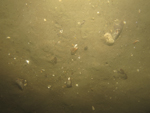
299_7a |
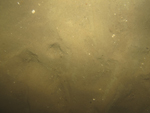
299_7b |
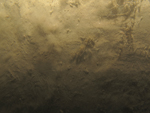
299_7c |
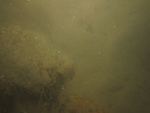
299_7d |
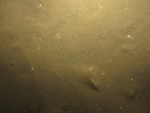
299_7e |
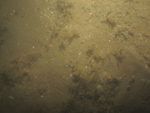
299_7f
|
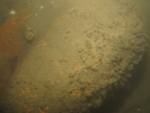
299_7g |
|
299_8 / Rippled sand with scattered shells and organics concentrated in the ripple troughs. |
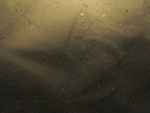
299_8a |
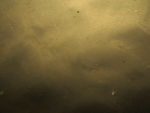
299_8b |
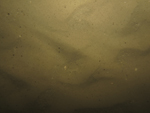
299_8c
|
|
299_9 / Rippled sand with boulders. Boulders are covered with sponges and (or) tunicates, hydrozoans, coral, and algae. Shells and shell hash concentrated in ripple troughs. Burrows, animal tracks, snails, and worm tubes are also present. |
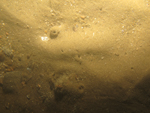
299_9a |
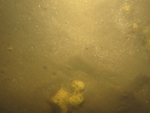
299_9b |

299_9c |
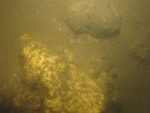
299_9d |
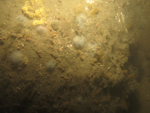
299_9e |

299_9f
|
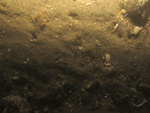
299_9g |
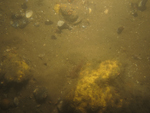
299_9h |
299_10 / Boulders and rippled sand with burrows, animal tracks, scattered shells, and shell hash. Boulders are covered with sponges and (or) tunicates and hydrozoans. Sea robins, crabs, snails, dead man’s fingers, and other algae are present. |
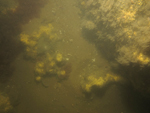
299_10a |
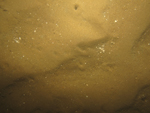
299_10b |
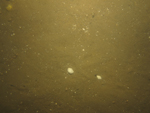
299_10c |
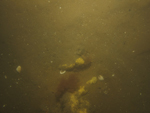
299_10d |
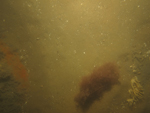
299_10e |
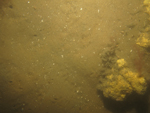
299_10f
|
|
|
299_11 / Rippled sand, gravel, and boulders with abundant shells (mostly mussels) and shell hash concentrated in ripple troughs. Boulders are covered with sponges and (or) tunicates, hydrozoans, hydroids, and red and green algae. Dead coral fragment present. |
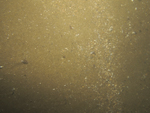
299_11a |
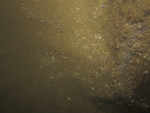
299_11b |
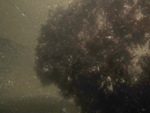
299_11c |
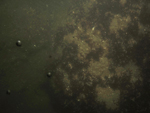
299_11d |
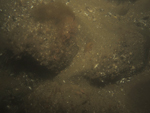
299_11e |
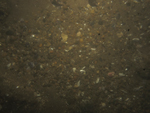
299_11f
|
|
|
299_11B / Boulders with rippled sand, and shells concentrated in ripple troughs. Boulders are covered with hydrozoans, sponges and (or) tunicates, anemones, barnacles, and algae. |

299_11Ba |
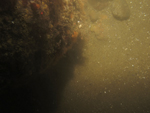
299_11Bb |
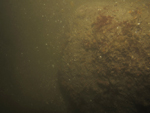
299_11Bc |
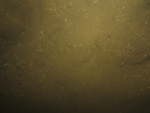
299_11Bd |
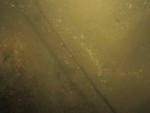
299_11Be |

299_11Bf
|
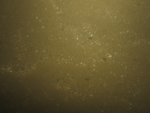
299_11Bg |
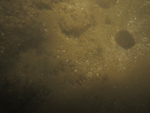
299_11Bh |
299_12 / Sand and cobbles with burrows, animal tracks, hermit crabs, snails, flounder, and algae present. |
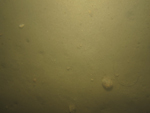
299_12a |
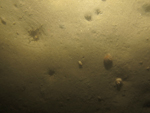
299_12b |
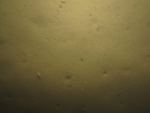
299_12c |
|
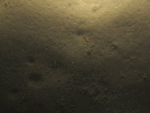
299_12d |
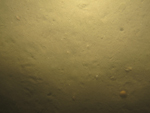
299_12e |
|
|
299_13 / Rippled sand with shells and shell hash concentrated in ripple troughs. Burrows present. |
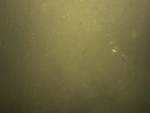
299_13a |
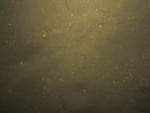
299_13b |
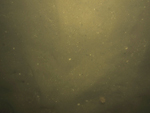
299_13c |
|

299_13d |
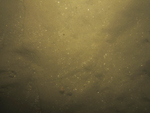
299_13e
|
|
|
299_14 / Rippled sand with shells and shell hash concentrated in the ripple troughs. |
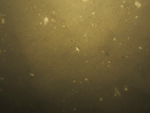
299_14a |
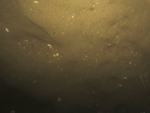
299_14b |
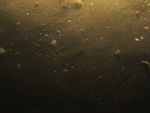
299_14c
|
|
299_15 / Rippled sand with shells and shell hash concentrated in ripple troughs. Shelly patches, moon-snail egg cases, sea robins, and red algae are present. |
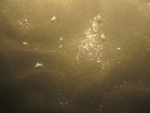
299_15a |
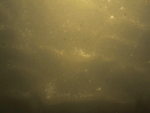
299_15b |
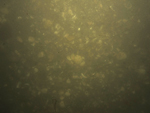
299_15c |
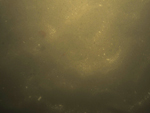
299_15d |
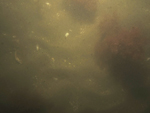
299_15e |
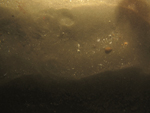
299_15f
|
|
|
299_16 / Rippled sand with scattered shells and shell hash concentrated in ripple troughs. |
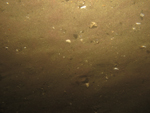
299_16a |
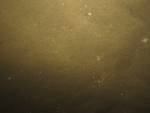
299_16b |
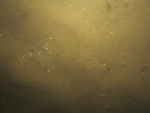
299_16c
|
|
299_17 / Rippled sand with scattered shells, animal tracks, crabs, and moon-snail and skate egg cases present. |
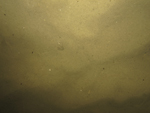
299_17a |
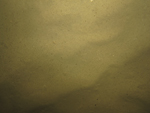
299_17b |
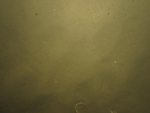
299_17c |
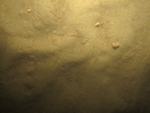
299_17d
|
299_18 / Sand with animal tracks, burrows, sea robins, skates, hermit crabs, hake, and skate egg cases present. |
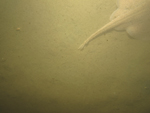
299_18a |
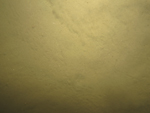
299_18b |
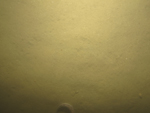
299_18c |
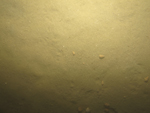
299_18d
|
299_19 / Flat to undulating sand with scattered shells, burrows, crabs, amphipods, and worm tubes. |

299_19a |

299_19b |
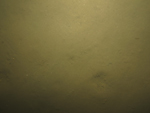
299_19c |
|
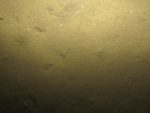
299_19d |
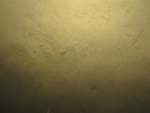
299_19e |
|
|
299_20 / Pebble- and pea-sized gravel, mostly encrusted with barnacles. Scattered shells, crabs, sea robins, skates, and hydrozoans are present. |
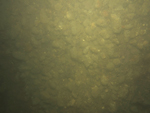
299_20a |
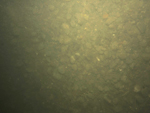
299_20b |
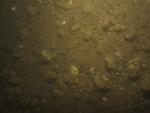
299_20c |
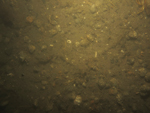
299_20d |
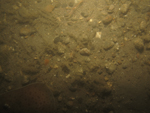
299_20e |
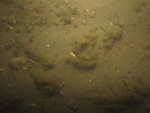
299_20f
|

299_20g |
|
299_21 / Pebble- and pea-sized gravel, mostly encrusted with barnacles. Crabs, snails, hyrdozoans, anemones, skate egg cases, and algae are present. |

299_21a |
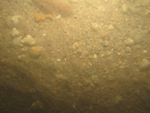
299_21b |
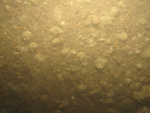
299_21c |
|
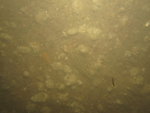
299_21d |

299_21e |
|
|
299_22 / Rippled sand with burrows, animal tracks, hermit crabs, and a sea urchin. |
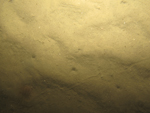
299_22a |
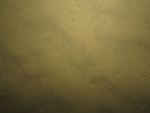
299_22b |
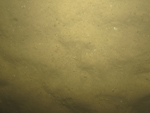
299_22c |
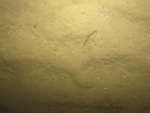
299_22d
|
299_23 / Boulders covered with hydrozoans and sponges and (or) tunicates at the beginning of the transect and sand with burrows at the end. Sea robins and moon-snail egg cases are present. |
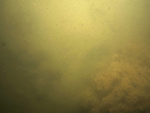
299_23a |

299_23b |
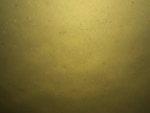
299_23c |
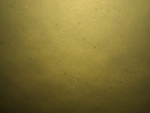
299_23d
|
299_24 / Rippled sand with scattered shell hash concentrated in the ripple troughs. Burrows present. |
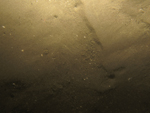
299_24a |
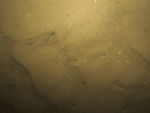
299_24b |
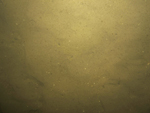
299_24c
|
|
299_25 / Boulders and intervening sand with burrows. Boulders are covered with hydrozoans, hydroids, algae, and sponges and (or) tunicates, and starfish are present. |
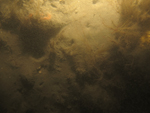
299_25a |
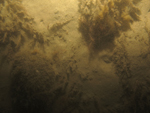
299_25b |
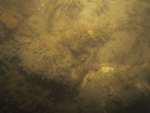
299_25c |
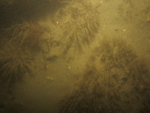
299_25d |
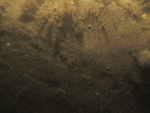
299_25e |
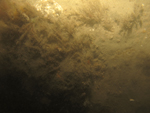
299_25f
|
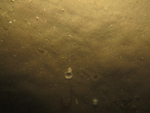
299_25g |
|
299_26 / Rippled sand with abundant shells and shell hash concentrated in ripple troughs. |

299_26a |
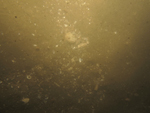
299_26b |

299_26c |
|
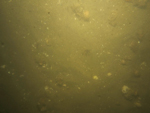
299_26d |
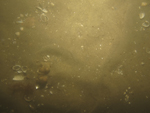
299_26e
|
|
|
299_27 / Rippled and megarippled sand and patchy pea gravel with abundant shells and shell hash. |
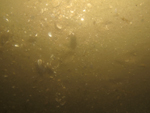
299_27a |
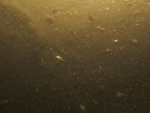
299_27b |
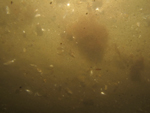
299_27c |
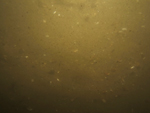
299_27d |
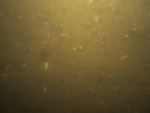
299_27e |

299_27f
|
|
|
299_28 / Rippled sand with abundant shells and shell hash concentrated in ripple troughs. Burrows, animal tracks, moon-snail egg cases, algae, flounder, sea robins, and crabs are present. |
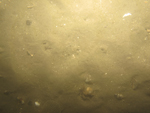
299_28a |
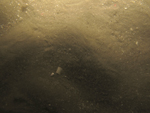
299_28b |
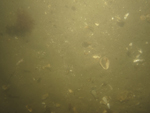
299_28c |
|
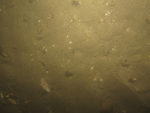
299_28d |
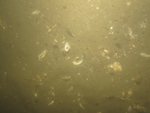
299_28e
|
|
|
299_29 / Rippled sand with scattered shell hash. Animal tracks, moon-snail egg cases, sea robins, and hermit crabs are present. |
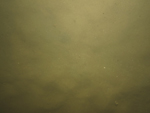
299_29a |
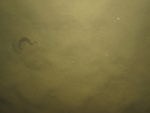
299_29b |

299_29c |
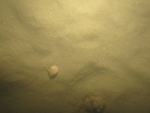
299_29d
|
299_30 / Rippled sand with shell hash concentrated in ripple troughs. Sea robins present. |
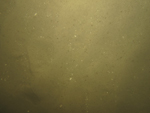
299_30a |

299_30b |
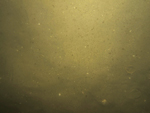
299_30c |
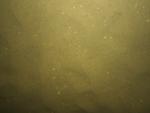
299_30d
|
299_31 / Rippled sand with shell hash concentrated in ripple troughs. Sea robins and crabs are present. |
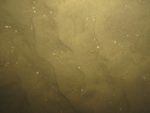
299_31a |
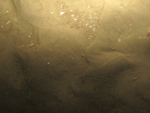
299_31b |
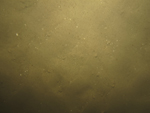
299_31c |
|
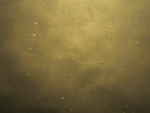
299_31d |
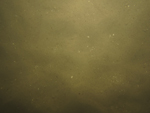
299_31e |
|
|
299_32 / Rippled sand and boulders covered with hydrozoans and sponges and (or) tunicates. Skates, hake, crabs, algae, burrows, and skate egg cases are present. |

299_32a |
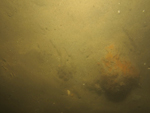
299_32b |
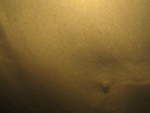
299_32c |
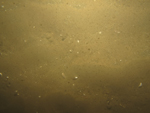
299_32d
|
299_33 / Rippled sand with shells and shell hash concentrated in ripple troughs. Skate egg cases are present. |
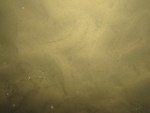
299_33a |
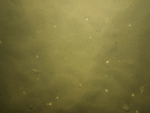
299_33b |
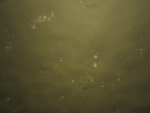
299_33c |
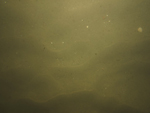
299_33d
|
299_34 / Rippled sand with scattered shells and shell hash concentrated in ripple troughs. Fish, crabs, and skate egg cases are present. |
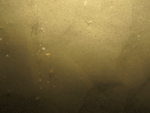
299_34a |
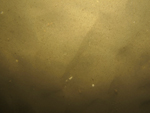
299_34b |
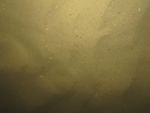
299_34c |
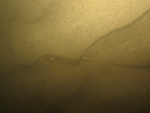
299_34d
|
299_35 / Rippled sand with burrows and crab present. Gray clasts of clay underlying a thin surface layer of sand in grab sample. |
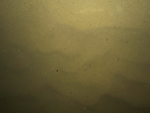
299_35a |
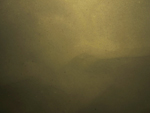
299_35b |

299_35c
|
|
299_36 / Rippled sand with scattered shells and shell hash. |
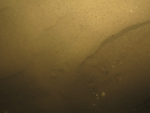
299_36a |
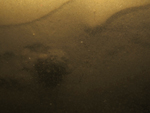
299_36b
|
|
|
|